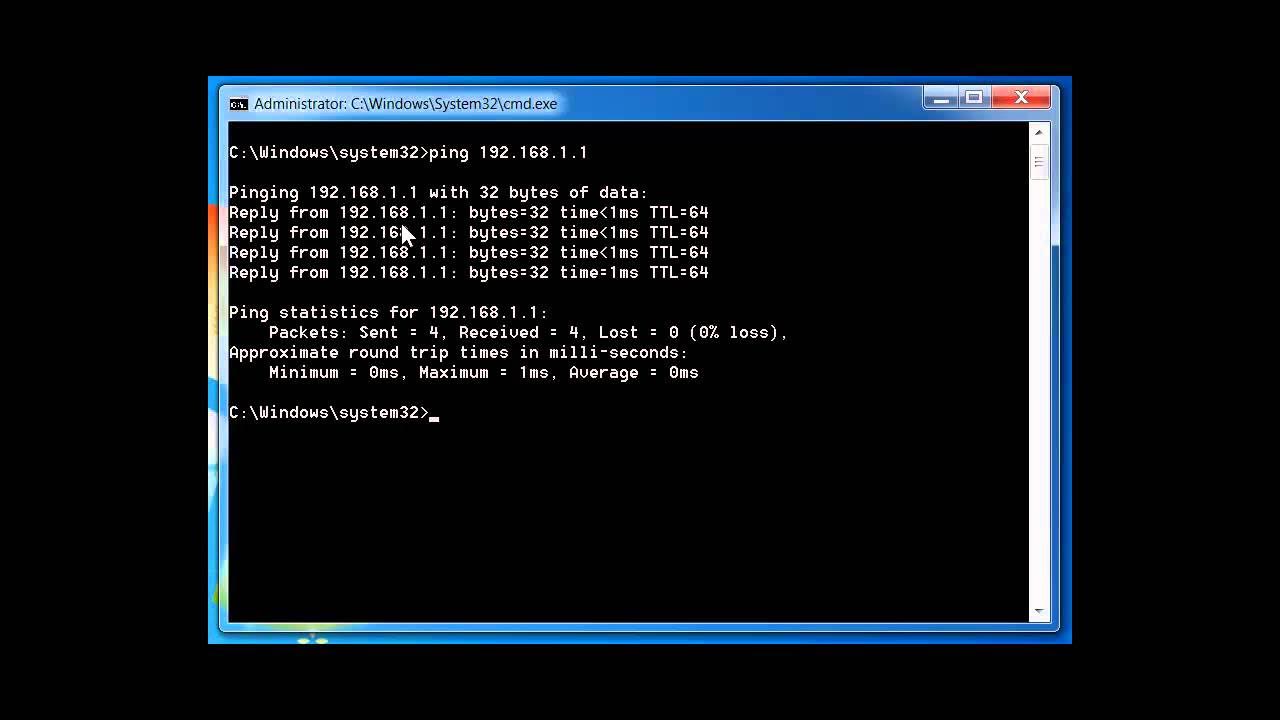PING Command - Troubleshooting Networks
Summary
TLDRThis video explains the ping command, a vital networking tool for troubleshooting connectivity issues. Viewers learn how to use ping to test connections to local and remote servers, identify potential hardware problems, and diagnose DNS resolution issues. The video covers key concepts such as echo replies, packet loss, and loopback tests, providing practical examples of using ping to quickly assess internet connectivity. Additionally, it highlights the importance of using IP addresses and domain names in testing. By the end, viewers gain insights into how to efficiently diagnose and resolve network problems.
Takeaways
- 😀 The ping command is essential for troubleshooting network connectivity issues.
- 😀 It tests connections to both local and internet hosts using data packets.
- 😀 A successful ping indicates that the network interface card and connectivity are functioning properly.
- 😀 If no replies are received, it may signify server issues, firewall blocks, or network disconnections.
- 😀 Packet loss during pings can result from network congestion or faulty hardware.
- 😀 A loopback test (pinging 127.0.0.1) checks if the network card is operational.
- 😀 Pinging domain names (like yahoo.com) also tests DNS functionality and name resolution.
- 😀 If a domain name cannot be resolved, try pinging a known IP address to diagnose DNS problems.
- 😀 Flushing the DNS cache can help resolve certain connectivity issues.
- 😀 The ping command can be enhanced with various switches for customized testing.
Q & A
What is the primary function of the ping command?
-The ping command is primarily used to troubleshoot network connectivity issues by testing if a device is reachable over the network.
How does the ping command determine network connectivity?
-It sends data packets to the specified IP address or hostname and waits for replies. Successful replies indicate connectivity.
What does a 'request timed out' message indicate?
-'Request timed out' suggests that the destination device is not responding, which could mean it's powered down or a firewall is blocking ping requests.
What could cause packet loss when using the ping command?
-Packet loss can occur due to network congestion, faulty hardware (like bad cables or network cards), or connectivity issues.
What is a loopback test and how is it performed?
-A loopback test checks if the network interface card is functioning correctly by pinging the loopback address 127.0.0.1 or 'localhost'.
Why is it useful to ping a domain name like yahoo.com instead of an IP address?
-Pinging a domain name tests both connectivity and DNS resolution, ensuring the computer can translate the domain into an IP address.
What steps should you take if you receive a DNS-related error when pinging a domain?
-If you encounter a DNS error, try pinging a known IP address (like 8.8.8.8), flush your DNS cache using 'ipconfig /flushdns', and check your DNS settings.
What are 'switches' in the context of the ping command?
-Switches are parameters that modify the behavior of the ping command. Users can view available switches by typing 'ping /?'.
How can successful pings confirm the functionality of hardware components?
-If you successfully ping a website, it indicates that all hardware components, such as cables, network cards, routers, and modems, are functioning correctly.
What troubleshooting approach is recommended if the ping test fails?
-If the ping test fails, check the hardware connections, ensure the device is powered on, and investigate potential firewall or software issues.
Outlines

Esta sección está disponible solo para usuarios con suscripción. Por favor, mejora tu plan para acceder a esta parte.
Mejorar ahoraMindmap

Esta sección está disponible solo para usuarios con suscripción. Por favor, mejora tu plan para acceder a esta parte.
Mejorar ahoraKeywords

Esta sección está disponible solo para usuarios con suscripción. Por favor, mejora tu plan para acceder a esta parte.
Mejorar ahoraHighlights

Esta sección está disponible solo para usuarios con suscripción. Por favor, mejora tu plan para acceder a esta parte.
Mejorar ahoraTranscripts

Esta sección está disponible solo para usuarios con suscripción. Por favor, mejora tu plan para acceder a esta parte.
Mejorar ahoraVer Más Videos Relacionados

The Ping command. Ping utility. Ping command options. Ping to ping test. Ping on Internet. Port.

Static Routing Overview & Configuration

Windows Command Line Tools

Traceroute (tracert) Explained - Network Troubleshooting

#bagian1 Implementasi Peer to Peer di Cisco Packet Tracer

Network Troubleshooting using PING, TRACERT, IPCONFIG, NSLOOKUP COMMANDS
5.0 / 5 (0 votes)
